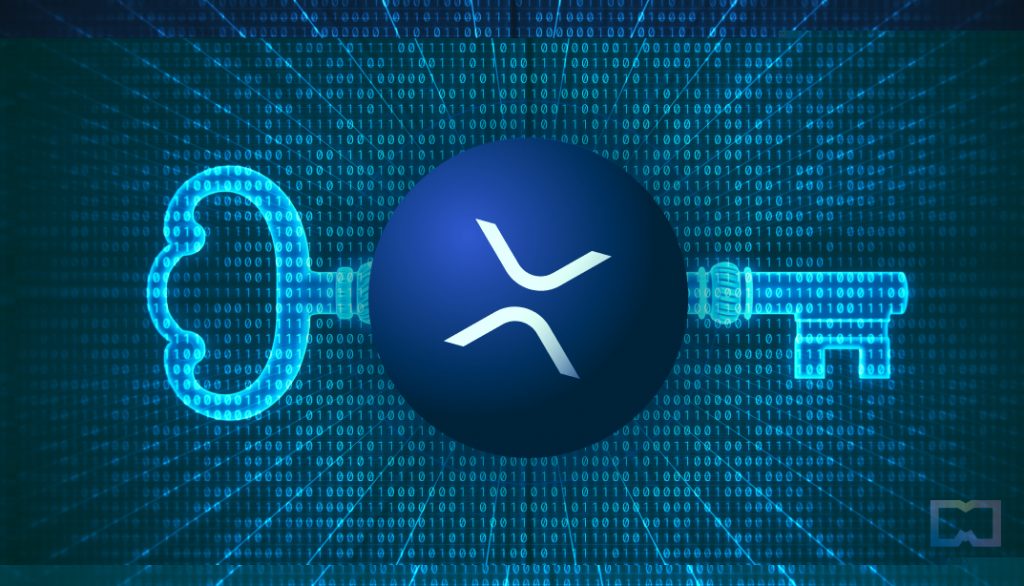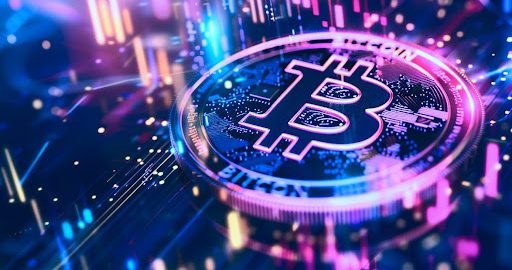XRP wallets: A beginner’s guide to storing XRP (2023)

In Brief
XRP wallets can be used to send, receive and store XRP.
Hardware wallets are considered to be the most secure type of wallet, while software and web wallets are more convenient.
A wallet is necessary in order to store, receive and send XRP. There are many different types of wallets available, and it can be confusing for beginners to know which one to choose.

In this article, we will give you an overview of the most popular XRP wallets so that you can make an informed decision about which one is right for you.
What is an XRP wallet?
As the name suggests, an XRP wallet is a digital wallet that can be used to store XRP, the native currency of the Ripple network, and is used to facilitate transactions on the network. These wallets can be used to send, receive and store cryptocurrency.
Types of wallets
An XRP holder has access to a variety of wallets, including hardware, desktop, mobile, exchange, and paper wallets, so they need to choose one that best suits their needs. For instance, if you’re a novice user looking to purchase or hold a small amount of XRP, a desktop or mobile wallet will offer you a fair blend of security and use.
On the other hand, if you need to hold a large amount of XRP for investment purposes or plan to trade XRP frequently, a hardware wallet is the best option.
Hardware wallets
A hardware wallet is a physical device designed specifically for storing cryptocurrencies. Hardware wallets are considered to be the most secure type of wallet as they store your funds offline on a physical device. Ledger Nano S and Trezor are popular hardware wallets for XRP.
Desktop wallets
A desktop wallet is a software program that you can download and install on your computer. Desktop wallets are considered to be fairly secure as they are not connected to the internet and are, therefore, less vulnerable to hacking. Toast Wallet and Edge are popular desktop wallets.
Mobile wallets
A mobile wallet is a software program that you can download and install on your smartphone. Mobile wallets are considered to be fairly secure and very accessible. Edge is a popular mobile wallet for XRP.
Exchange wallets
An exchange wallet is a wallet that is provided by a cryptocurrency exchange. Exchange wallets are considered to be less secure than other types of wallets as they are often connected to the internet, making them more vulnerable to hacking. However, many exchanges offer two-factor authentication and other security features to help protect your assets. GateHub is a popular exchange wallet for XRP.
Paper wallets
A paper wallet is a paper copy of your private key. Paper wallets are considered to be very secure as they are less vulnerable to hacking. However, it is important to keep your paper wallet in a safe place as it can be easily lost or stolen. XRP Paper Wallet is a popular paper wallet for XRP.
Security features
When choosing a wallet, it is important to consider the security features that are offered. Some of the most important security features to look for include two-factor authentication, multi-signature support, and a secure connection.
Two-factor authentication
Two-factor authentication (2FA) is an extra layer of security that is used to verify your identity when logging into your wallet. 2FA requires you to enter a code that is sent to your cell phone in addition to your password, making it more difficult for hackers to gain access to your funds as they would need both your password and access to your cell phone.
Multi-signature support
Multi-signature (multi-sig) support allows you to set up your wallet so that it requires more than one signature to authorize a transaction. This makes it more difficult for hackers to gain access to your assets, as they would need more than one key to sign a transaction.
Secure connection
A secure connection is important for keeping your XRP safe from hackers. Look for XRP wallets that use HTTPS or SSL to encrypt their connection. This will help to ensure that your XRP is safe when you are sending or receiving XRP.
Which XRP wallet should you use?
The type of XRP wallet that you use will depend on your needs. If security is your main concern, then a hardware wallet is the best option. If convenience is your main concern, then a software or web wallet might be better for you.
No matter what wallet you choose, be sure to keep your recovery phrase in a safe place. This phrase is used to recover your XRP if your wallet is lost or stolen.
Should I move XRP to the cold wallet?
Ripple cold storage with an XRP cold wallet is recommended for anyone holding XRP, whether you have 100 or 100,000. Cold storage keeps your XRP holdings safe from hacking attempts and other security risks.
An XRP cold wallet is a device that stores your private keys offline, making it impossible for hackers to access them through the internet. Cold wallets can range from hardware devices such as Ledger or Trezor to paper wallets and mobile apps such as Guarda Wallet.
One of the main benefits of cold storage is that it requires you to physically possess your wallet in order to access your funds. This means that even if someone were to gain access to your private keys, they would not be able to move any XRP without having physical possession of the device containing those keys.
Final thoughts
When choosing an XRP wallet, it is important to consider your needs and the security features that are offered. Hardware wallets are considered to be the most secure type of wallet, while software and web wallets are more convenient.
Related articles:
- Top 7 NFT Newsletter Services to Subscribe Right Now
- Top 5 NFT Staking Projects for 2022: Pros and Cons
- The Sandbox: Metaverse ecosystem briefly explained
- The Sandbox Alpha Season 3 is live, offers new features for the metaverse
- $154M Burned in Gas Fees During Otherside Lands Minting
Disclaimer
In line with the Trust Project guidelines, please note that the information provided on this page is not intended to be and should not be interpreted as legal, tax, investment, financial, or any other form of advice. It is important to only invest what you can afford to lose and to seek independent financial advice if you have any doubts. For further information, we suggest referring to the terms and conditions as well as the help and support pages provided by the issuer or advertiser. MetaversePost is committed to accurate, unbiased reporting, but market conditions are subject to change without notice.
About The Author
Ken Gitonga is passionate about writing. His work involves writing crypto articles on SEO, TAs, News writing, Web3 articles, crypto price prediction, and white paper drafting. Ken is a content writer and marketer. He has worked in the SEO and content marketing industries for over 3 years and has helped businesses grow their online presence and traffic.
More articles

Ken Gitonga is passionate about writing. His work involves writing crypto articles on SEO, TAs, News writing, Web3 articles, crypto price prediction, and white paper drafting. Ken is a content writer and marketer. He has worked in the SEO and content marketing industries for over 3 years and has helped businesses grow their online presence and traffic.

















































